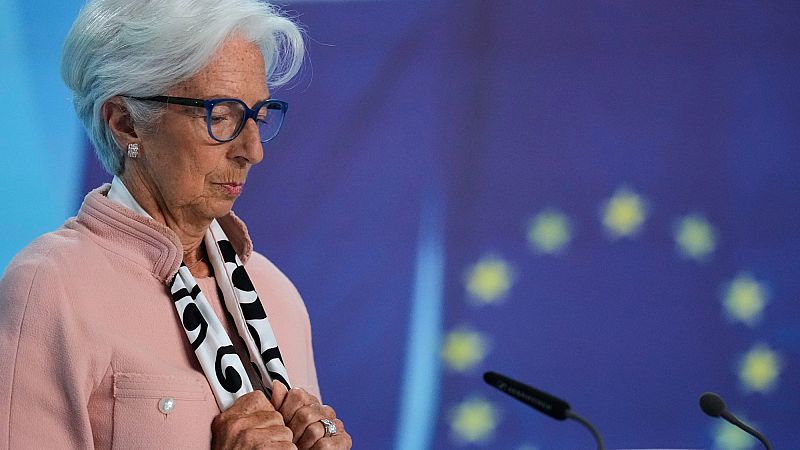The European Central Bank cut its key deposit rate on Thursday by 25 basis points to 2%, its lowest level in more than two years.
The interest rates on its main refinancing operations and the marginal lending facility will also be lowered to 2.15% and 2.40% respectively, with effect from 11 June 2025.
The interest rate on the main refinancing operations is the rate banks pay when they borrow money from the ECB for one week, while the marginal lending facility is the rate banks pay when they borrow from the ECB overnight.
The deposit facility is the interest rate banks receive when they deposit money with the central bank overnight.
“While the uncertainty surrounding trade policies is expected to weigh on business investment and exports, especially in the short term, rising government investment in defence and infrastructure will increasingly support growth over the medium term,” said the ECB on Thursday.
“Higher real incomes and a robust labour market will allow households to spend more. Together with more favourable financing conditions, this should make the economy more resilient to global shocks.”
Thursday’s cut, which brings the deposit rate to half of its peak seen in June 2024, is supported by easing price pressures.
New ECB projections expect headline inflation to average 2.0% in 2025, 1.6% in 2026 and 2.0% in 2027.
In May, the annual inflation rate in the eurozone came in below estimates at 1.9%. That’s down from April’s 2.2% total, and under the ECB’s 2% target.
Core inflation, which strips out volatile food and energy prices, also eased in May, coming in at 2.4%, from 2.7% in April.
Cooling has taken place more rapidly than the ECB predicted earlier this year, partly thanks to a stronger euro — making imported goods cheaper — and lower-than-expected energy costs.
These factors, as well as a softer labour market, are expected to help temper inflation in the coming months. Rerouted goods away from the US, redirected because of high tariffs, may also end up in Europe, pushing costs down as supply increases.
Related
Growth projections for the eurozone are also highly uncertain as tariffs from the US administration disrupt global trade and dampen consumer demand.
The eurozone economy grew by 0.3% in the first three months of this year, up from 0.2% in the prior quarter, surpassing expectations.
Despite the prospect of a global trade slowdown, increased spending intentions on defence and infrastructure in Europe have raised hopes of accelerated growth.
